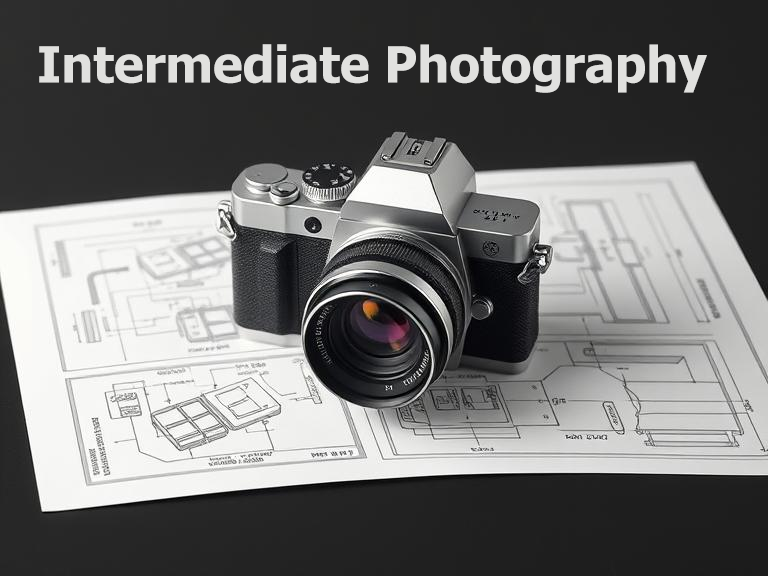Thematic Photography: Choosing Your Theme
Understanding the Importance of a Theme
Thematic photography is more than just an array of random images; it’s about conveying a coherent message and evoking emotions through carefully curated subjects and compositions. The theme acts as a guiding light, ensuring consistency and providing direction to the project. Without a theme, the project might lack focus and become a mere collection of unrelated pictures.
Exploring Possible Themes
The first step in thematic photography is selecting a theme that resonates with you personally. This theme can range from broad subjects like nature, cityscapes, or portraits, to more specific ideas such as solitude, cultural events, or technological advancement. If you’re passionate about environmental issues, you might choose to focus on the impact of pollution or the beauty of natural landscapes. Choose something that not only interests you but also challenges you creatively.
Finding Inspiration
Inspiration for your theme can come from various sources. Consider exploring books, films, music, and even current events for ideas. Visiting galleries or following other photographers on social media can also spark creative thoughts. Keep a journal of ideas and potential themes that capture your imagination.
Testing Your Theme
Once you have a theme in mind, test it by taking a few initial photographs. Evaluate how well the theme holds together as a series. Do the images naturally connect to each other? Are they telling a story? This initial testing phase is crucial in determining the viability of your theme.
Planning the Project
Setting Clear Objectives
Before diving into the photography part, it’s essential to establish clear objectives for your project. What message do you want to convey through your photographs? Who is your target audience? Defining your goals will help you stay focused and measure the success of your project.
Research and Preparation
In-depth research is vital in understanding every aspect of your chosen theme. Look for the work of other photographers who have explored similar themes and analyze how they approached the subject. Identify potential locations, subjects, and any logistical challenges like permits or access restrictions to areas.
Selecting Equipment
Depending on your theme, the equipment you use can significantly impact the outcome. For example, urban photography might benefit from wide-angle lenses to capture the bustling city life, while portrait photography could require a fixed-focus lens for that perfect bokeh effect. Carrying a trusty camera and experimenting with different settings in early stages can provide great insights.
Executing the Project
Maintaining Consistency
Consistency is key in thematic photography. From lighting conditions to image composition, maintaining a uniform style across your photographs helps ensure the integrity of your theme. Develop a style guide prior to shooting, outlining the lighting, color palette, and mood you envision for your project.
Adapting to Situations
Throughout your project, you may encounter unexpected challenges or opportunities. Weather, lighting, and subject availability can all influence your photographs. Be prepared to adapt and modify your approach to accommodate these changes while staying true to your theme.
Working with Subjects
If your project involves people or animals, establishing rapport and trust is essential. Communicate clearly with your subjects about your intentions and the theme of your project. Be patient and respectful, allowing their natural behaviors to come through in your photographs.
Utilizing Natural and Artificial Light
Lighting dramatically affects the mood of your photographs. Natural light can provide soft, warm tones during the golden hours of sunrise and sunset, whereas artificial lighting offers greater control and consistency indoors. Experiment with different lighting techniques to enhance the thematic essence of your project.
Reviewing and Editing
Critiquing Your Work
After shooting, take time to review your photographs critically. Look for images that align with your theme and bring out the intended emotion or narrative. It might be helpful to have a peer review your work to gain fresh perspectives and constructive feedback.
Editing and Enhancing
Editing is where your project truly comes to life. Use editing software to align colors, contrast, and sharpness across your photographs, ensuring visual harmony. Be careful not to over-edit; sometimes, preserving the authenticity of your shots is crucial to maintaining the thematic story.
Sequencing Your Images
The sequence of your images should reflect a logical narrative flow. As you arrange them, consider how one photograph transitions to the next and how it contributes to the overarching narrative. A powerful sequence can evoke emotions and keep the viewer engaged until the end.
Creating a Cohesive Collection
Your final collection should feel cohesive and complete. Ensure that each image adds value to the theme, and together they form a compelling narrative. Aim for a balance between visual appeal and storytelling, leaving a lasting impression on your audience.
Presenting Your Project
Choosing the Right Platform
Deciding where to showcase your work is as important as creating it. Options include galleries, photography websites, exhibitions, or social media platforms. Each platform offers unique opportunities and audiences, so choose one that aligns with your project’s goals and intended reach.
Crafting an Artist Statement
An artist statement provides context and depth to your project. Clearly articulate the theme, objectives, and inspiration behind your work. Use this opportunity to introduce your audience to the thought process and journey behind your photographs.
Engaging with Your Audience
Fostering engagement with your audience can amplify your project’s impact. Encourage viewers to share their interpretations and reflections on your work. Attend exhibitions and participate in discussions to gather insights and feedback.
Reflecting on the Experience
After presenting your project, take time to reflect on the experience. Analyze what worked well and areas for improvement. Whether you plan to undertake another thematic photography project or explore other artistic pursuits, these reflections are invaluable for personal and professional growth.


